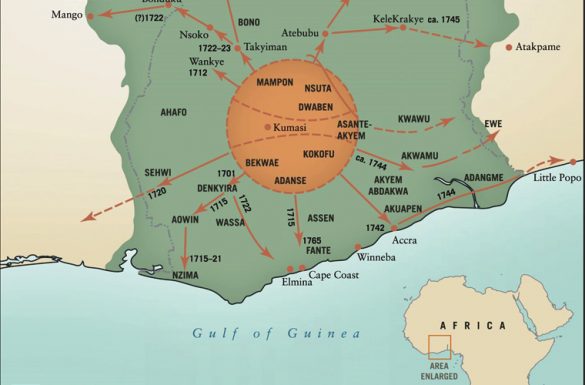

Unfortunately, most of the masterpieces of the Asante indigenous architecture have been lost to the world, some due to warfare, especially during the 19th century, when the British destroyed most of the buildings with canons. It is a reminder that one needs to refer to the past, as a guide to the future. One of the most common decorations on the Asante traditional buildings is the Sankofa bird standing with its head turned backward. Indeed, almost every Asante activity can be expressed by means of symbols. One of the unique cultural traits of the Asantes (who belong to the Akan ethnic linguistic group) is their widespread use of non-verbal communication. Like the Akan Adinkra symbols, wood carvings and sculptures, these pictures generally refer to Akan proverbial sayings that reflect the moral and social values of society.
#UPPER VOLTA ASANTE EMPIRE HOW TO#
They had symbolic meanings, and the people who lived among them knew how to read and understand them perfectly. It should be noted that these images were not merely ornamental. Images of reptiles and other creatures like crocodiles, fish and birds also abound, amidst a profusion of plants. The designs are frequently abstract or arabesque.

The upper walls are covered with interlacing geometrical designs, while the lower parts are boldly modelled bas-relief with a large variety of designs in red clay polished to a dull shine. The most striking feature of the buildings is their elaborate mural decorations. Typically, three of the buildings are completely open to the courtyard, while the fourth is partially enclosed, either by a door and windows, or by open-work screens flanking an opening. The typical house, whether designed for human habitation or for the deities, normally consists of four separate rectangular single-room buildings set around an open courtyard the inner corners of adjacent buildings are linked by means of splayed screen walls, whose sides and angles could be adapted to allow for any inaccuracy in the initial layout. And like all buildings of value, the structures were the result of the Asantes’ desire to achieve harmony on earth with their creator, the Supreme Being, through the mediation of the lesser deities. These buildings served mainly as palaces, shrines houses for the powerful deities who protected the Kingdom, homes for the affluent, and finally, as mausoleums. They were particularly impressed by the comfortable and clean houses and the extensive decoration of the walls. One of such elements is the Asante Traditional Buildings, whose intricate designs and decorations caught the attention of visitors – especially Europeans – to the Asante Kingdom from the late eighteen century to the early part of the twentieth century. The Asante culture is an ancient culture, containing many mysterious elements whose origins remain obscure.


 0 kommentar(er)
0 kommentar(er)
